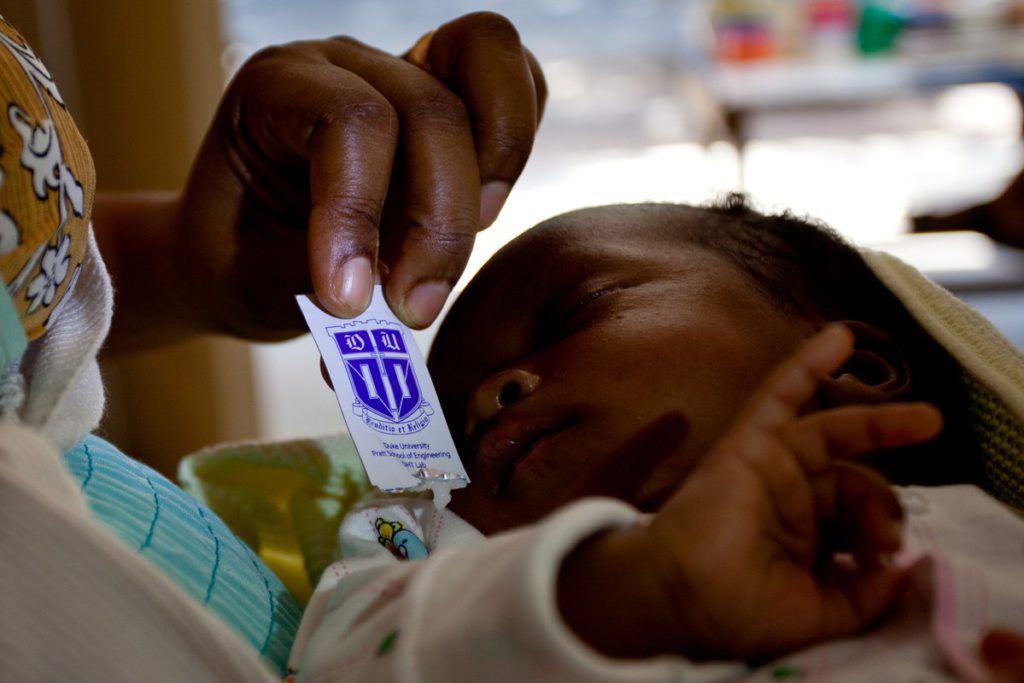On #WorldAIDSDay, we focus on how HIV-positive women can now have HIV-free babies.
Perinatal transmission of HIV/AIDS is the transfer of HIV/AIDS from a pregnant woman to her baby and this can take place during pregnancy, birth or after birth through breastfeeding or pre-chewed food. There are a number of ways through which perinatal transmission of this virus can be prevented.
Following due procedures beginning with a pregnant woman knowing her HIV status is the first and most important step to take to prevent this occurrence from happening. Early detection will help reduce the risk of its transmission to less than 2%. Once this is detected early enough, there are further steps and duties expected from the mother.
MEDICATION
Proper medication help reduces the risk of perinatal transmission of HIV/AIDS. Women with high or unknown viral load who are close to the time of delivery should receive an HIV medicine called zidovudine through intravenous Injection for easy transmission through the placenta to the foetus. The choice of an HIV regimen depends on the woman’s historical experiences on the usage of anti-retrovirus (ARVs), her medical conditions and her drug resistance suceptibility.
It is imperative that after birth, the baby should be placed under other HIV medication and Zidovudine for a period of 4-6 weeks. The mother should also continue with her medication to prevent her from having AIDS.
CESAREAN DELIVERY
Caesarean delivery or C-section delivery is strongly advised for women who are HIV positive. This should be done on the 38th week of the pregnancy or 2 weeks before expected due date. Through this, the baby is less risky of being infected or contacting with the virus.
AVOID BREASTFEEDING/PRE-CHEWED FOOD
It is advised for women who are HIV positive to adopt feeding their babies with formulas as this will help prevent the transmission of the virus to the baby after birth. In addition to this, the baby should not be fed with pre-chewed food from the infected mother or any other infected person.
With all these steps well considered with caution, the risk of perinatal transmission of HIS/AIDS is greatly reduced.
